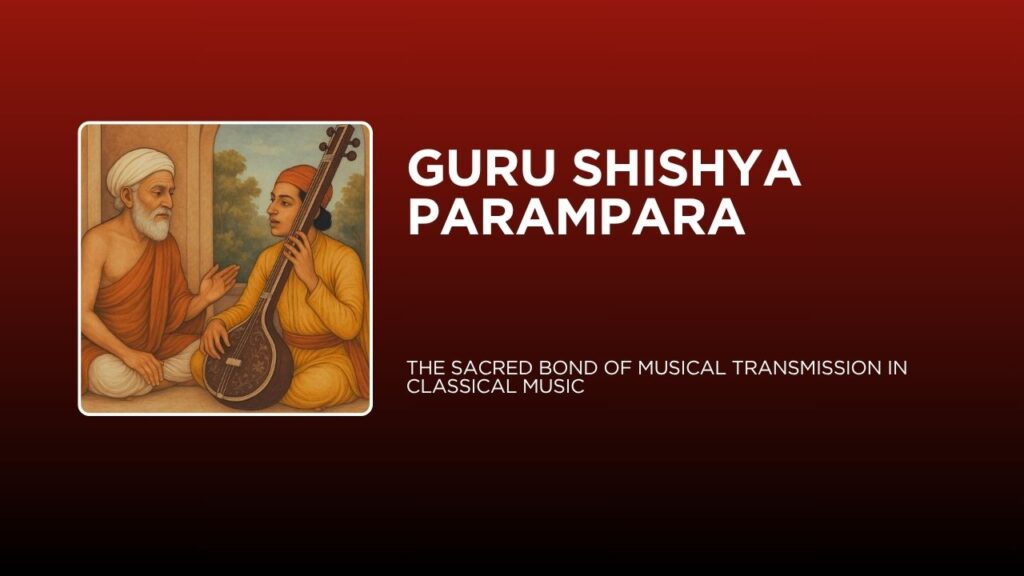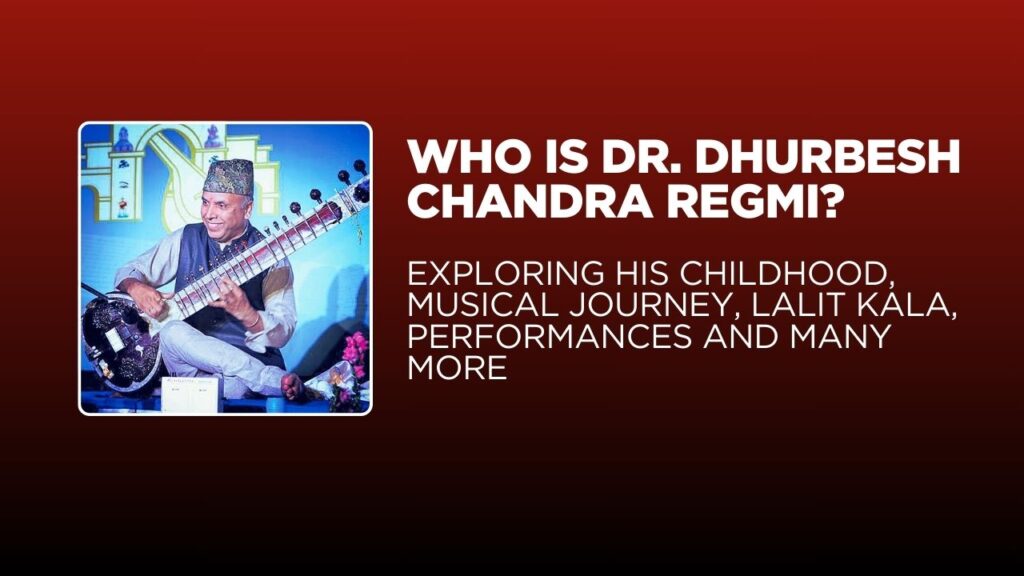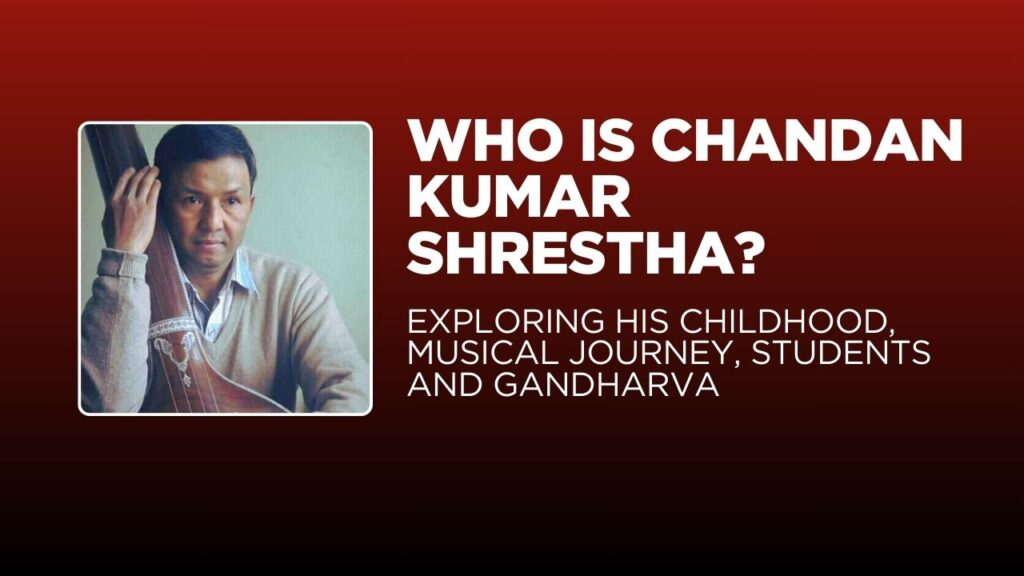Introduction
In the realm of Indian classical music, the Guru Shishya Parampara stands as a timeless tradition, embodying the sacred bond between teacher and disciple. This lineage-based system transcends mere instruction, fostering a deep, spiritual connection that facilitates the holistic transmission of musical knowledge.In the tapestry of human history, certain educational traditions stand out for their unique approach to knowledge transmission. One such system is the Guru Shishya Parampara, a Sanskrit term meaning “lineage from teacher (guru) to disciple (shishya).” This ancient Indian tradition, practiced for millennia, transcends mere education, fostering a profound spiritual and intellectual bond between teacher and student.
The Essence of the Parampara
At the heart of the Guru Shishya Parampara lies the concept of guru, which goes beyond the conventional notion of a teacher. A guru is a revered mentor, a guide who possesses not just knowledge but also wisdom gleaned through experience and self-realization. The shishya, the disciple, is not a passive learner but an active participant, approaching the guru with utmost respect, devotion, and a thirst for knowledge.
The Gurukula: A Home for Learning
Traditionally, learning took place in a gurukula, the residence of the guru. The shishya lived alongside the guru, becoming part of the family. This immersive environment fostered a close relationship, allowing the shishya to not only learn theoretical concepts but also observe the guru’s daily life, imbibing their values and way of living.
Why Indian Classical Music Isn’t Just Taught—It’s Absorbed
Unlike Western pedagogical methods that often rely on written notation and structured curricula, Indian classical music thrives on oral transmission and immersive learning. The Guru Shishya Parampara emphasizes:
The Learning Process: Beyond Textbooks
The Guru Shishya Parampara emphasizes a holistic approach to learning. Knowledge wasn’t confined to textbooks; it encompassed various aspects of life. Here’s a glimpse into this unique pedagogy:
- Oral Tradition: Knowledge was primarily transmitted orally. The shishya listened attentively, absorbing the guru’s words and interpreting them with their own understanding. This interactive process fostered critical thinking and encouraged deep reflection.
- Practical Application: Learning wasn’t just theoretical. The shishya assisted the guru in daily chores, observed rituals, and participated in discussions. This practical application solidified theoretical knowledge and instilled discipline.
- Character Development: The guru focused not just on intellectual growth but also on the shishya’s character development. Values like honesty, compassion, self-discipline, and respect were emphasized, shaping the shishya into a well-rounded individual.
- Embodied Learning: Students internalize music by living and practicing with their gurus.
- Spiritual Connection: The relationship fosters personal growth beyond musical skills.
What is Guru Shishya Parampara?
Literal Meaning and Cultural Roots in Vedic India
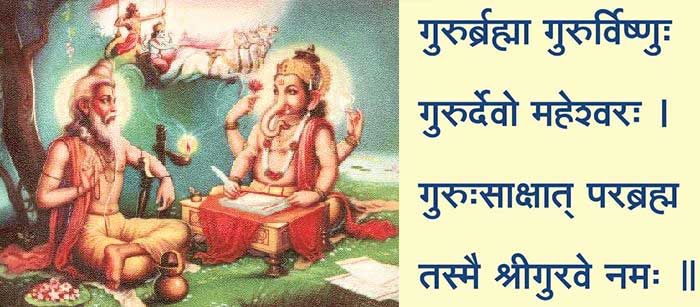
The term “Guru Shishya Parampara” translates to the “teacher-disciple tradition.” Rooted in Vedic culture, this system has been the cornerstone of Indian education, particularly in music, dance, and spiritual studies .An archaic tradition, the Guru-ShishyaParampa has existed in India for centuries. “Guru-Shishya parampara” is a Sanskrit phrase in which Shishya literally translates to ‘student of a guru’, while Parampara means ‘an uninterrupted succession’.
The tradition creates a sacred bond between the teacher and the disciple. The disciple develops a sense of belongingness towards the teacher and worships the Guru as God. In olden times, the student would spend the entire duration of education at the abode of the Guru until he gained expertise in the art or skill he was learning.
In India, the teacher-disciple relationship has a great spiritual and religious significance. Ramayana, for instance, has mentions of the Gurukul system and of Lord Rama’s Guru Rishi Vishwamitra. On a similar note, scriptures about Dwapara Yuga talk about Lord Krishna’s Guru Rishi Sandipani.
Indian Classical music has always given a great importance the Guru-ShishyaParampara. In order to gain enlightenment in music, one must surrender themselves to their Gurus. The Guru is considered as the supreme power and the disciple shows eternal respect towards him.
For many centuries, MaukhikParampara or the ancient oral tradition was the only form of propagating Indian Classical Music. With no written curriculum for music education, the Guru’s knowledge was transferred the Shishya orally. The disciples thus acquired the musical knowledge and wisdom by following their Guru’s instructions thoroughly.
Although this tradition has now evolved to fit in with the modern education system, Indian Classical music still depicts this bond as ‘the one of eternal respect towards the Guru’ and many renowned artists of the world continue to keep their identity attached with their Gurus.
The Rampur Sahaswan Gharana is among the few very distinguished families of Indian Classical Music following this tradition strictly. There are hundreds of Shishyas belonging to this prestigious gharana, either through blood relations or through adoption of Shishyas into the gharana.
Oral Tradition and Embodied Knowledge
In this tradition, knowledge isn’t merely taught; it’s experienced. Disciples learn through:
- Observation: Watching the guru perform and teach.
- Imitation: Replicating techniques and styles.
- Practice: Engaging in rigorous, daily practice (riyaz) under the guru’s guidance
REMARKABLE GURU-SHSIHYA DUOS
Eklavya’s Sacrifice
Examples of iconic guru-shishya duos are scattered across the epics of Ramayana and Mahabharata. The most famous tale is that of Guru Dronacharya. He was the teacher of both the Pandavas and Kauravas. Impressed by Arjun’s skills in Dhanurvidya (archery), he vowed to make him the best archer there ever was. However, he soon realised that Eklavya was equally adept in archery and could potentially outperform Arjuna. Although, Eklavya had been deprived of a formal gurukul shikshan, he had trained himself under an effigy of Guru Dronacharya. Since Eklavya’s capabilities threatened the Guru’s word to Arjuna, Dronacharya asked Eklavya for his thumb as gurudakshina (compensation a shishya gave to his guru at the end of his education) which he readily agreed to. The above is emblematic of just how much shishyas were willing to sacrifice for their gurus.

Other famous Guru-shishya duos in Mahabharata include Guru Parshuram, an incarnation of Lord Vishnu, who was a mentor to both Dronacharya and Bhishma Pitamah.
Gurus in Ramayana
In Ramayana, we find Guru Vashishtha, who taught all the four sons of King Dashratha- Rama, Lakshman, Bharat, and Shatrughna. In the same epic, another Guru, Rishi Valmiki, is responsible for the education of Luv and Kush, the sons of Shri Ram and Mother Sita.
The End of a Dynasty
Yet another notable example is that of Chanakya and Chandragupta. Chanakya, on being humiliated in the court of Dhanananda, swore to destroy his empire. Hence, his disciple, Chandragupta, defeated the Nandas and became a King. His reign would mark the beginning of one of the strongest, pan-Indian empires, The Mauryan Empire.
The Making of a Spiritual Leader
More recent examples are that of Ramakrishna Paramhansa and Swami Vivekananda. Swami Vivekananda was a sage and a visionary. It was his zest to spread his Guru’s teachings that he travelled the whole country and delivered the famous Chicago Address in 1893. Through his speeches that reflected the ideology of Ramakrishna Paramhansa, he instilled pride in Indians in their native culture and religion.
Spiritual and Disciplinary Aspects
Living with the Guru (Gurukul System)
Traditionally, disciples would reside with their gurus in a gurukul, absorbing not just musical skills but also values, discipline, and lifestyle.It was a residential schooling system whose origin dates back to around 5000 BC in the Indian subcontinent. It was more prevalent during the Vedic age where students were taught various subjects and about how to live a cultured and disciplined life.
Gurukul was actually the home of teacher or Acharya and was the centre of learning where pupils resided till their education got complete. All were considered equal at the Gurukul and guru (teacher) as well as shisya (student) resided in the same house or lived near to each other. This relationship between guru and shishya was so sacred that no fee was taken from the students. However, the student had to offer a gurudakshina which was a token of respect paid to the teacher. It was mainly in the form of money or a special task that the student had to perform for the teacher.
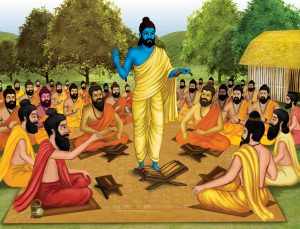
the importance of the gurukul system in present times
The main focus of Gurukuls was on imparting learning to the students in a natural surrounding where the shisyas lived with each other with brotherhood, humanity, love, and discipline. The essential teachings were in subjects like language, science, mathematics through group discussions, self-learning etc. Not only this, but the focus was also given on arts, sports, crafts, singing that developed their intelligence and critical thinking. Activities such as yoga, meditation, mantra chanting etc generated positivity and peace of mind and made them fit. It was also mandatory to do daily chores on own with a motive to impart practical skills in them. All these helped in the personality development and increased there confidence, sense of discipline, intellect and mindfulness which is necessary even today to face the world that lay ahead.
Ethics, Humility, and Surrender in Learning
In the context of the Guru-Shishya Parampara, ethics, humility, and surrender are not mere ideals but fundamental aspects of the learning process. The shishya (student) approaches the guru (teacher) with a sense of dedication and humility, acknowledging the guru’s authority and seeking guidance in every aspect of life, including spiritual growth and moral development. This includes surrendering personal biases and ego to embrace the teachings with trust and reverence.
Here’s a more detailed look at each aspect:
Ethics:
- Moral Values and Discipline:The Guru-Shishya Parampara emphasizes the importance of moral values, ethics, and discipline in the learning process.
- Comprehensive Responsibility:The guru assumes a comprehensive responsibility for the shishya, guiding them in every aspect of life, not just academic knowledge.
- Living Examples:The guru serves as a model of conduct, demonstrating the values and principles they teach.
Humility:
- Reverence for the Guru:The shishya holds the guru in high regard and recognizes their authority and wisdom.
- Abandonment of Ego:The shishya is encouraged to abandon their ego and be receptive to the guru’s guidance.
- Openness and Trust:The shishya approaches the guru with an open heart and mind, trusting in their teachings.
Surrender:
- Trust in the Guru:The shishya surrenders to the guru, not just as a person, but as a conduit for divine wisdom.
- Receptivity to Teaching:Surrender allows the shishya to be a receptive vessel for the guru’s teachings, letting go of personal biases and embracing the knowledge.
- Transformative Experience:This state of surrender fosters profound transformation, allowing the shishya to experience spiritual growth and enlightenment.
The Role of the Guru in Shaping a Musician
Guru as Guide, Protector, and Torchbearer
In shaping a musician, the guru (teacher, guide, or mentor) plays a crucial role beyond mere instruction. They guide the student on a path of understanding, internalization, and enjoyment of music, helping them see how it’s an extension of their personality and self. The guru acts as a guide, protector, and torchbearer, illuminating the path toward musical mastery and spiritual growth.
- Guide:A guru doesn’t just teach techniques and theory; they help the student understand the deeper meaning and essence of music. They guide the student in internalizing the music, making it part of their being.
- Protector:The guru acts as a protector, shielding the student from negativity and helping them overcome challenges in their musical journey.
- Torchbearer:The guru serves as a torchbearer, illuminating the path toward musical excellence and spiritual growth. They inspire the student to persevere and achieve their full potential.
- Beyond Instruction:In addition to teaching techniques, a guru may also impart wisdom, life lessons, and character development, shaping the student into a well-rounded individual.
- Spiritual Aspect:In some traditions, the guru’s role extends to spiritual guidance, helping the student on their path of self-discovery and enlightenment.
How Musical Nuance is Transferred by Observation, Not Just Instruction
Nuances like microtones, ornamentations, and emotive expressions are best learned through close observation and imitation, rather than written instruction .Musical nuance, those subtle expressive variations like slight tempo shifts, dynamic changes, or micro-timing deviations, are often learned and transferred not just through explicit instruction, but also through observation and imitation. A musician’s ability to interpret and convey musical nuance is strongly influenced by observing and emulating the nuances of other performers, even if they haven’t received formal instruction.
Here’s how observation plays a key role:
Listening and Emulation:Actively listening to recordings of favorite performers and trying to replicate their nuances, including things like weight given to specific notes, can be a valuable way to learn and develop one’s own musical interpretation.
Mirror Neurons:Research suggests that our brains have mirror neurons, which fire in response to observing others’ actions, allowing us to not only recognize but also understand the intention behind their actions. This includes the subtle nuances of a musical performance.
Empathy and Understanding:Observational learning allows us to empathize with the performer’s intent and understand the subtle nuances they are conveying, even without explicit instructions.
Imitation and Practice:By observing a skilled performer and then practicing imitating their nuanced phrasing, dynamics, or micro-timing, a musician can gradually internalize and develop their own interpretive style.
“Feel” over Technical Proficiency:Many musicians are praised for their ability to handle nuances, often described as having “feel” or a unique personal touch, rather than just technical mastery. This “feel” is often acquired through observation and experience.
Examples in Indian Classical Music
Lineages in Dhrupad (e.g., Darbhanga Gharana, Mallik Family)
The Dhrupad genre, one of the oldest forms of Indian classical music, has been preserved through lineages like the Darbhanga Gharana and the Mallik family, exemplifying the Guru Shishya Parampara .
In the Guru-Shishya Parampara of Indian classical music, specifically in the Dhrupad tradition, lineages are established through generations of teachers and students, forming gharanas (musical families). The Darbhanga Gharana, represented by the Mallik family, is a prominent example, with a lineage tracing back to the court musicians of the Nawab of Darbhanga. The Dagar family, another significant Dhrupad gharana, also follows this tradition of lineage through their teachers.
Darbhanga Gharana and the Mallik Family:
- Founding:Radha Krishna and Karta Ram, court musicians of the Nawab of Darbhanga, are considered the founders of the Darbhanga tradition.
- Lineage:Bhupat Khan, the teacher of Radha Krishna and Karta Ram, is linked to the musical lineage of Tansen, a renowned musician.
- Key Features:Darbhanga Gharana singers are known for their emphasis on rhythmic singing and their rich stock of compositions, especially those associated with Gauhar Bani.
- Prominent Singers:Ram Chatur Mallik, Vidur Mallik, Abhaya Narayan Mallik are prominent singers representing this tradition.
Dagar Family:
- Lineage:The Dagar family claims lineage through Swami Haridas, a renowned singer of the 15th century.
- Historical Significance:The Dagar tradition is considered one of the oldest and most respected gharanas in Dhrupad.
Guru-Shishya Parampara:
Respect and Surrender:The disciple’s respect, commitment, devotion, and obedience are key aspects of this tradition, emphasizing a spiritual connection between the guru and the shishya.
The Tradition:Guru-Shishya Parampara (teacher-student tradition) is the core of Indian classical music, where knowledge and skills are passed down through personal relationships.
Importance:It’s not just about learning techniques, but also about absorbing values, perspectives, and a way of life.
Examples:The famous sitar maestro Pandit Ravi Shankar, for instance, passed on his talent to his daughter Anoushka Shankar, who also developed her own unique style.
Modern-Day Relevance
How Schools Like Manasukh Dhvani Preserve This Spirit
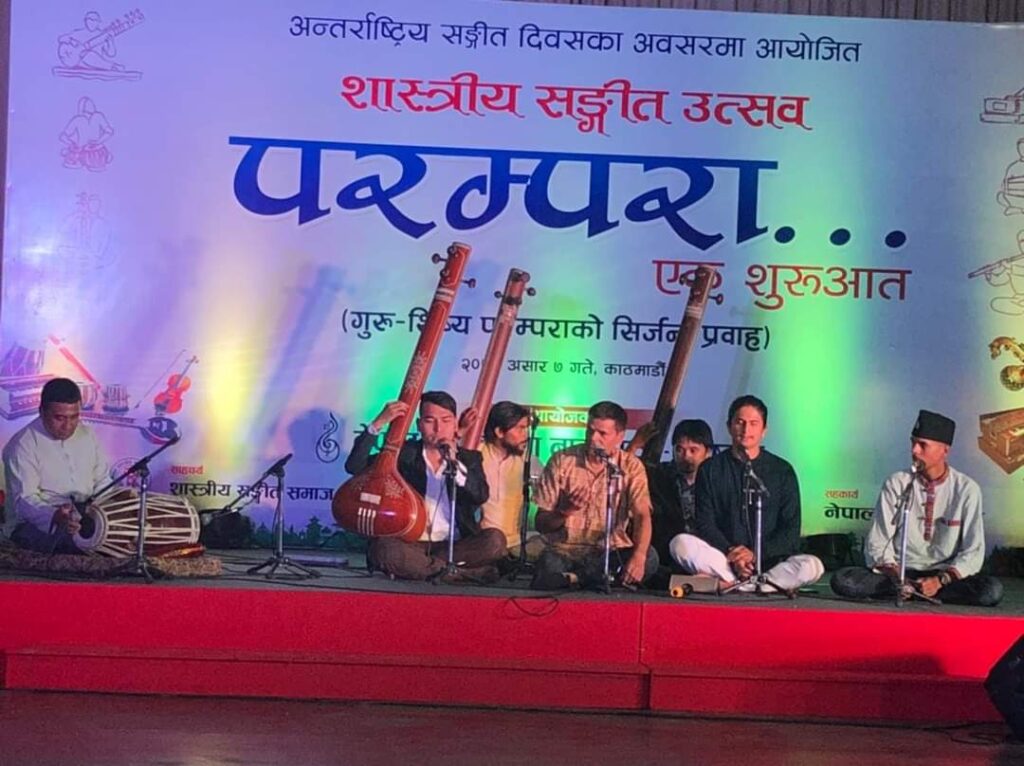
In today’s fast-paced, digital world, the essence of the ancient Guru Shishya Parampara—where music is passed from soul to soul—is often at risk of fading. However, dedicated institutions like Manasukh Dhvani are playing a vital role in reviving and preserving this sacred tradition in a modern context. Here’s how Manasukh Dhvani keeps the flame of the Guru Shishya Parampara alive:
1. Personalised Attention in a Mentorship-Based Setting
- At Manasukh Dhvani, students are not treated as batch learners but as individual seekers.
- The relationship between guru and shishya is nurtured through deep trust, personal guidance, and continuous mentorship.
- The teaching environment mirrors the Gurukul system—intimate, disciplined, and spiritually aligned.
2. Daily Riyaz & Practical Learning Over Theory
- The curriculum is designed to prioritize oral tradition, where students learn directly through listening, observation, and demonstration—core principles of the Guru Shishya Parampara.
- Daily riyaz (practice) is guided and reviewed by the guru to build the student’s inner connection with sound (naad).
3. Healing Through Music
- The school extends the parampara beyond music instruction by integrating music as a healing tool.
- Especially through its 3-month healing course, Manasukh Dhvani connects students to the emotional and spiritual essence of Indian classical music—much like ancient times when gurus used sound for inner transformation.
4. Lineage-Based Knowledge Transmission
- The gurus at Manasukh Dhvani come from respected musical gharanas and pass on stylized techniques, bandish traditions, and voice culture that are centuries old.
- Through interactive Dhvani Baithaks, students get to witness and participate in the living tradition, just like in traditional mehfils and baithaks.
5. Blending Tradition with Modern Accessibility
- While rooted in tradition, Manasukh Dhvani also uses digital tools for remote learners to stay connected with their guru—bridging ancient systems with contemporary reach.
- However, even in online formats, the Guru Shishya Parampara is retained through live sessions, feedback loops, and custom guidance, keeping the personal bond intact.
6. Long-Term Mentoring Beyond Courses
- Students at Manasukh Dhvani don’t just “complete a course”—they enter a musical lineage.
- Even after the formal course ends, the school encourages continued mentorship, allowing the parampara to remain an evolving, lifelong journey.
Conclusion
The Guru Shishya Parampara is more than a teaching method; it’s a living, breathing legacy that embodies the soul of Indian classical music. By valuing personal transmission and spiritual connection, this tradition ensures the art form’s purity and continuity. Embracing this path offers not just musical proficiency but a transformative journey of personal growth and enlightenment.
The Guru Shishya Parampara is not just a method of teaching—it is a sacred journey of transformation, deeply rooted in the Indian classical music tradition. Unlike conventional classroom models, this lineage-based system fosters a soul-to-soul transmission of musical wisdom, values, discipline, and spiritual depth. In today’s evolving world, the Guru Shishya Parampara remains the most authentic and immersive way to truly absorb the art of classical music. By preserving this tradition, we not only uphold a rich cultural heritage but also ensure that music continues to touch hearts in its purest, most powerful form.

